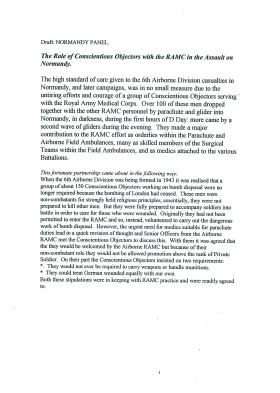
224 Parachute Field Ambulance RAMC
224 Parachute Field Ambulance RAMC
224 Parachute Field Ambulance was converted from 224 Field Ambulance to an Airborne parachute unit Lt Col Nash in 1942 in Bulford, Salisbury Plain, before being moved to the Cotswolds later that year. Lt Col DH Thompson assumed command in 1943, and would remain CO until the eventual disbandment of the unit after the war. 224 Para Field Ambulance was attached to the new 6th Airborne Division, and formed part of the 3rd Parachute Brigade, undertaking numerous training exercises in preparation for the invasion of mainland Europe in Summer 1944.
On 5-6 June 1944, D-Day, most of 224 Para Field Ambulance landed near Varaville, Normandy in the early morning of 6 June. A HQ contingent were dropped as the main MDS contingent, whilst three further 224 sections were attached to 1st (Canadian) Parachute Battalion and 8th (Midlands) and 9th (Essex) Parachute Battalions. The drop itself did not go to plan however. Some, including that of the CO Lt Col Thompson, were dropped several miles from their DZ.
After a chaotic and disorientating few hours, gradually the various elements of 224 PFA reformed. Despite missing two-thirds of their strength, the unit established an invaluable Main Dressing Station(MDS) in a barn close to Varaville that morning. Over the coming days, further 224 medics returned and many lives were saved after an unfavourable start. Between 6-19 June 1944, 224 Para Field Ambulance admitted 822 casualties, and performed 112 operations. During their time in Normandy they moved to original MDS objective at Le Messnil, near Breville, to assist the 9th and 1st (Canadian) Parachute Battalions. After relocations to Caen and Beuzeville, 224 finally moved to Goustranville to set up a Casualty Collecting Post (CCP) by early August. After three months the unit finally returned with 6th Airborne to the Bulford via Southampton in early September.
The service given by the Airborne medics in Normandy was certainly appreciated as the Divisional Commander Maj-Gen Gale, who later said of 224 PFA:
'The effect on morale of the immediate treatment this FA was able to give, as well as the saving of life which resulted from the Surgical Team being right up in the foremost of the fighting, is just immeasurable.’
After a short spell of recuperation, 224 Para Field Ambulance took part in the Allied response to the German counter-offensive in the Ardennes, leaving Bulford on Christmas Eve 1944, before travelling by sea to Ostend, Holland on 28 December. By 30 December, 224 Para Field Ambulance had established an MDS at Abbaye de Maredsous, a Benedictine Monastery in the region. Although by this time the German offensive had been stemmed, 224 PFA were consistently engaged until withdrawal in late-February 1945.
This withdrawal proved a brief respite however. The unit was soon redeployed with 6th Airborne Division to Op Varsity (Rhine Crossing) on 24 March 1945. 224 Para Field Ambulance was intended for the South-Eastern end of the Diersfordterwald to support 3rd Parachute Brigade.
The initial landing went better than expected but casualties from small arms and mortar fire on the ground were significant. 224 were sent to the 1st (Canadian) Parachute Battalion position and established an MDS at Bergenfurth churchyard. In a sometimes chaotic and dangerous location (where 224 ran out of stretchers), it was alongside 224 PFA that Cpl Topham won his Victoria Cross. The Bergenfurth vicarage was soon converted to a makeshift operating theatre. During 45 hours at Bergenfurth, 224 Para Field Ambulance performed 28 operations on the seriously wounded, whilst 212 casualties had been given some form of treatment in the first few hours of the Operation before conditions improved. When the Division ADMS Col MacEwan arrived with troops from 15 (Scottish) Division late on 25 March, he confirmed the beachhead had been secured and the evacuation of casualties from the frontline could begin.
224 remained active during the subsequent March to the Baltic however. ADMS Col MacEwan oversaw a system which involved 224, 225 Para Field Ambulance and 195 Airlanding Field Ambulance working in tandem to look after casualties across all units of the advancing 6th Airborne Division troops. Despite some teething problems, and difficulties created by supporting troops travelling 30-40 miles a day at times, the units functioned in this new role very effectively. 224 eventually admitted 1,139 casualties during the first 28 days after landing in Germany.
On arrival in Wismar in early May 1945, 224 played their part creating aid stations which served not only Allied personnel, but also German troops returning from the Eastern front and the civilian population.
224 was withdrawn with the rest of the Division in late-May 1945, in preparation for transit to the Far East. After the surrender of Japan, 224 was diverted to Palestine where it remained until early 1947, when the unit was renumbered as 16 Parachute Field Ambulance RAMC (a former PFA of 1st Airborne Division disbanded in late 1945), finally leaving for the UK in April 1948.
Commanding Officers
With assistance from Niall Cherry - grateful thanks to the Student Volunteer Team
Read MoreNewsletter Signup
Donate
Make a donation to Airborne Assault ParaData to help preserve the history of The Parachute Regiment and Airborne Forces
The Airborne Shop
The Airborne Shop is the official shop of Support Our Paras (The Parachute Regiment Charity RCN1131977).
Profits from all sales made through our shop go directly to Support Our Paras, so every purchase you make with us will directly benefit The Parachute Regiment and Airborne Forces.

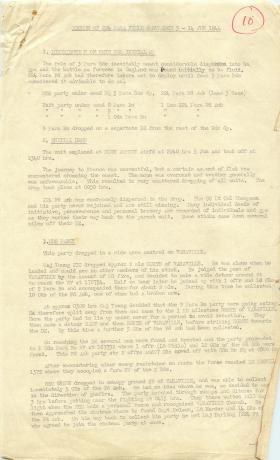
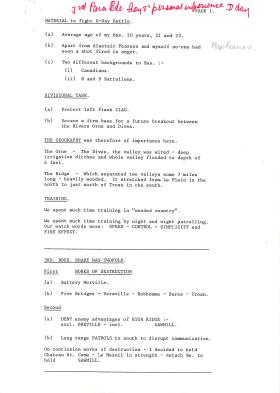
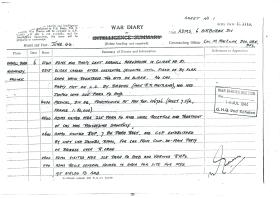
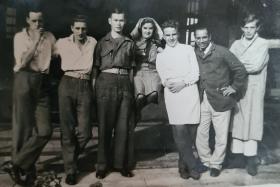
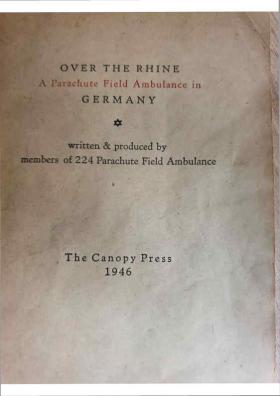
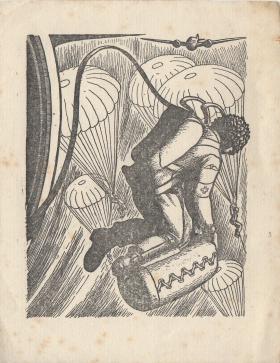
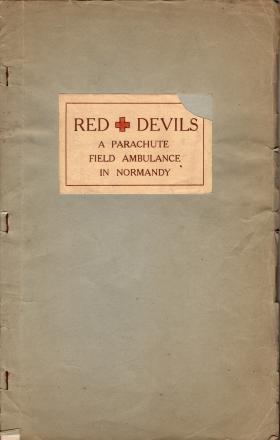
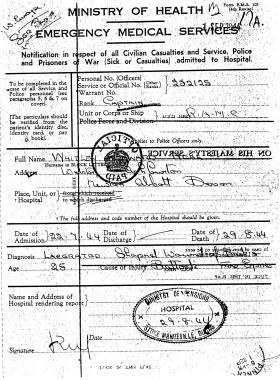
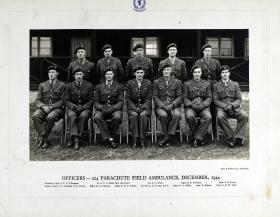
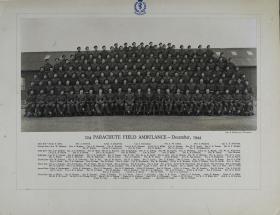
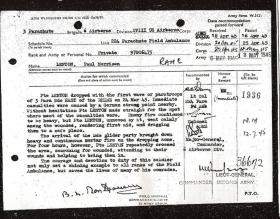
Latest Comments
There are currently no comments for this content.
Add Comment
In order to add comments you must be registered with ParaData.
If you are currently a ParaData member please login.
If you are not currently a ParaData member but wish to get involved please register.